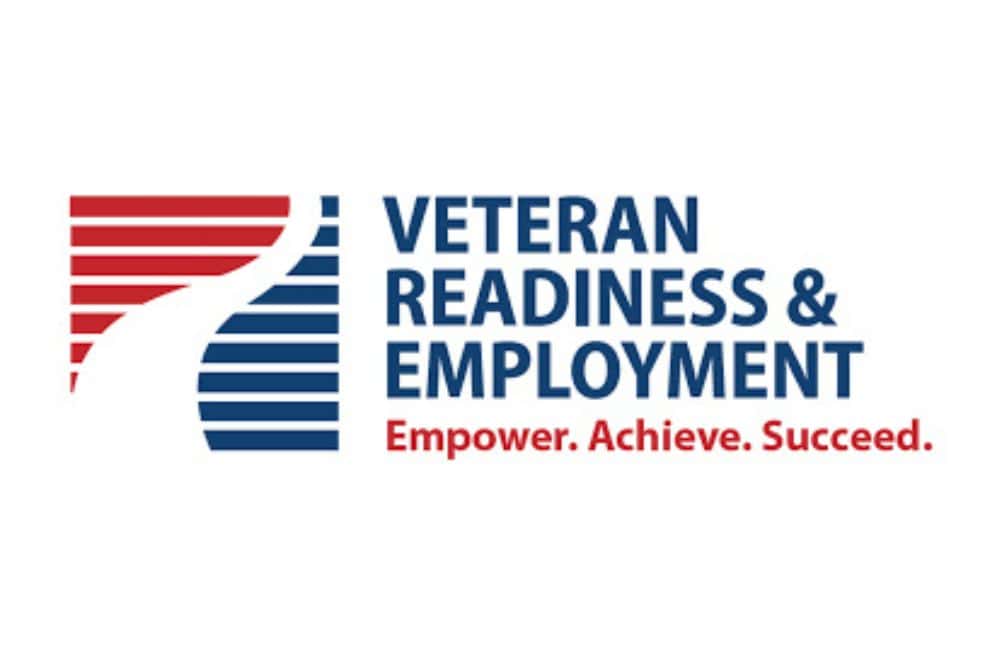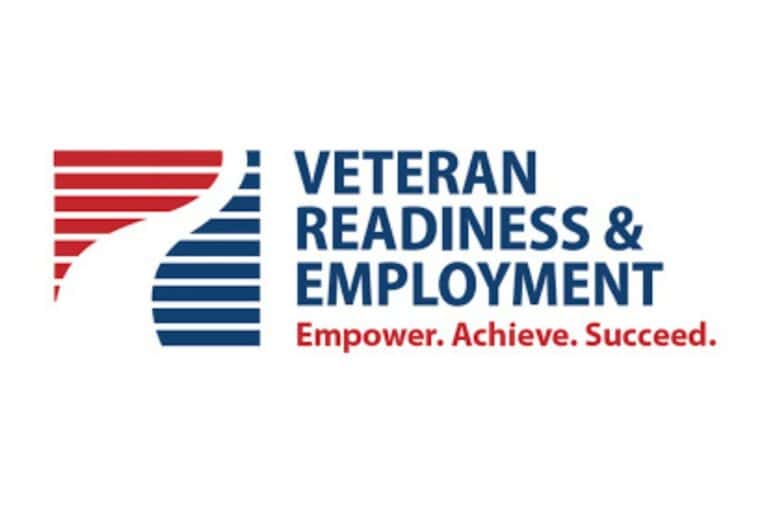VR&E regulations: 21.70 Vocational rehabilitation
(a) General. The goal of a vocational rehabilitation program is to:
(1) Evaluate and improve the veteran’s ability to achieve a vocational goal;
(2) Provide services needed to qualify for suitable employment;
(3) Enable the veteran to achieve maximum independence in daily living;
(4) Enable the veteran to become employed in a suitable occupation and to maintain suitable employment.
(b) Vocational rehabilitation program. This term includes:
(1) The services that are needed for the accomplishment of the purposes of Chapter 31, including such counseling, diagnostic, medical, social, psychological, independent living, economic, educational, vocational, and employment services as are determined by the Department of Veterans Affairs to be needed;
(i) In the case of a veteran for whom the achievement of a vocational goal has not been found to be currently infeasible such needed services include:
(A) Determining whether a vocational goal is reasonably feasible;
(B) Improving the veteran’s potential to participate in a program of services designed to achieve a vocational goal;
(C) Enabling the veteran to achieve maximum independence in daily living;
(ii) In the case of a veteran for whom achievement of a vocational goal is feasible, such needed services include assisting the veteran to become, to the maximum extent feasible, employable and to obtain and maintain suitable employment;
(2) The term also includes the monetary assistance authorized by Chapter 31 for a veteran receiving any of the services described in this paragraph.
(Authority: 38 U.S.C. 3101(9); Pub. L. 99-576)
(c) Duration of vocational rehabilitation. Decisions on the duration of periods for attaining the goals named in paragraph (a) of this section are made in the course of development and approval of the Individualized Written Rehabilitation Plan. However, the duration of a vocational rehabilitation program may not exceed 48 months (or its equivalent when pursued on a part-time basis), except as provided in § 21.78.
(Authority: 38 U.S.C. 3695, 3105)
[49 FR 40814, Oct. 18, 1984; 50 FR 9622, Mar. 11, 1985, as amended at 53 FR 50957, Dec. 19, 1988]



